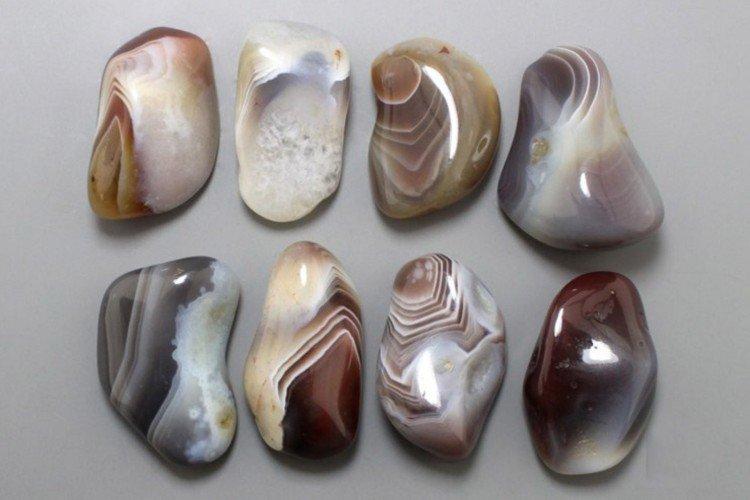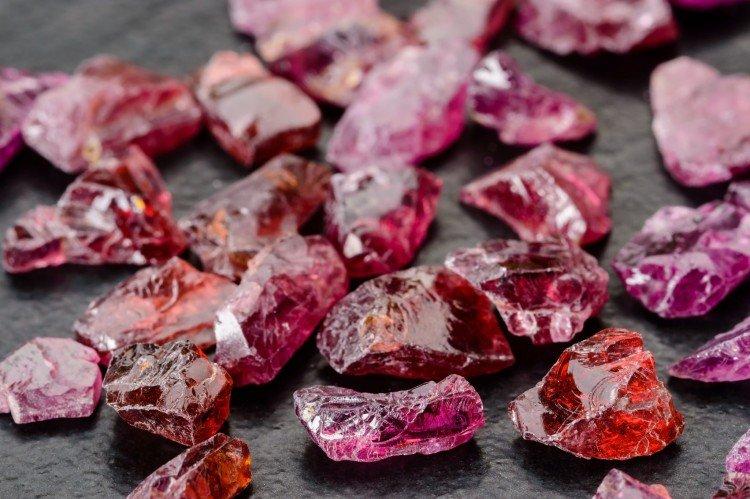
Even in ancient times, precious stones were constantly used in jewelry, they embroidered luxurious outfits and even decorated rich houses. They were also endowed with mystical properties and symbolic meanings. And today we want to acquaint you with the diversity of this amazing world, so we have collected a large catalog of precious stones - with names and photos!
1. Diamond
Who else could top this list? A diamond is a cut diamond with unique hardness and unique brilliance. Colored diamonds are rare in the world, and they are all known by name.
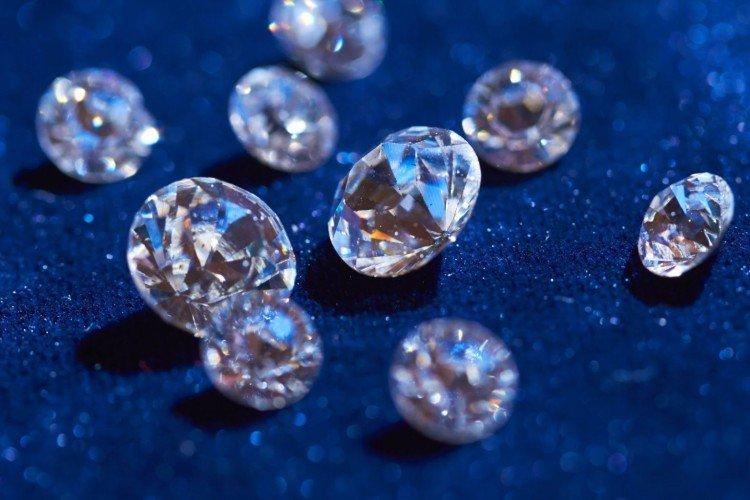
2. Quartz
In contrast to the rare and expensive diamond - quartz, which surrounds us literally everywhere. It is actually a huge group of minerals, and the most popular varieties are rock crystal, smoky and rose quartz.
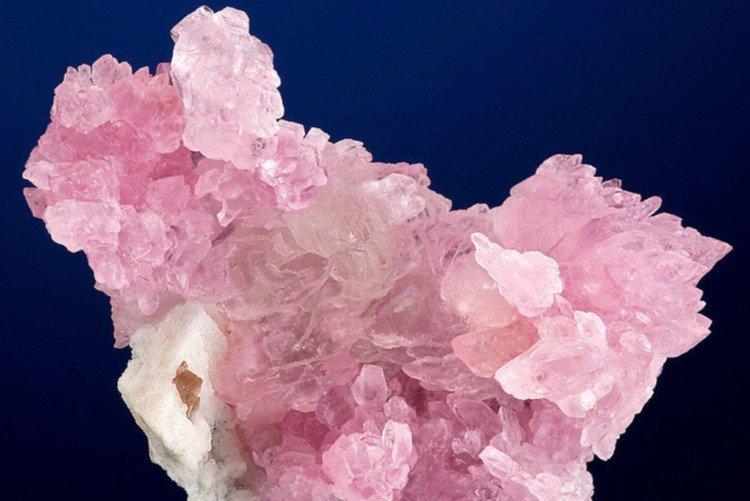
3. Obsidian
One of the most mystical minerals in fact is ordinary volcanic glass. Black obsidian is most commonly found, but there are gray, yellow, red and brown colors.
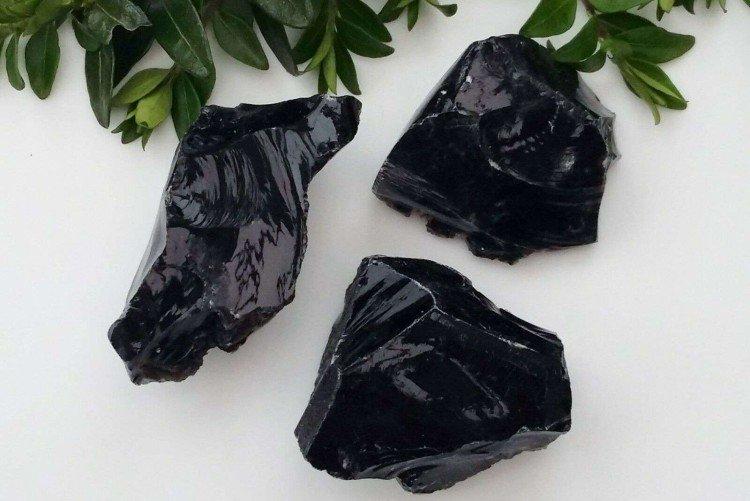
4. Jade
Jade is easy to recognize not only by its complex green hue, but also by its unusual velvety texture. Not only jewelry is made of it, but also a huge number of accessories and household items.
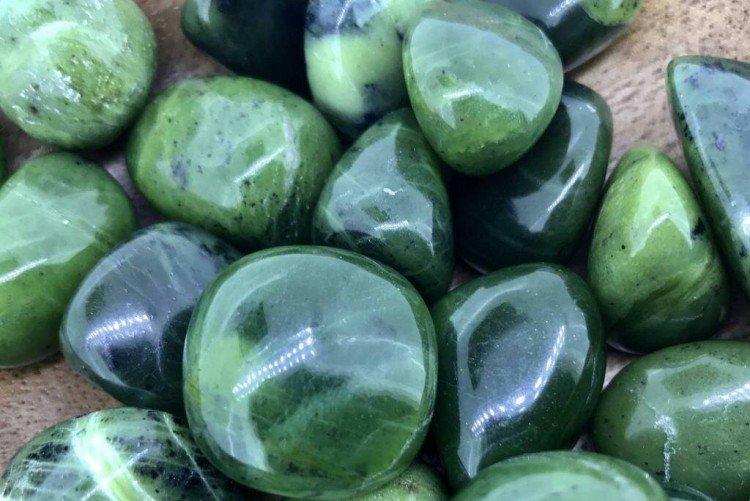
5. Heliodor
Another very hard, but this time - gold, yellow or orange stone. Samples with high transparency are especially appreciated. Heliodor literally means "solar gift".
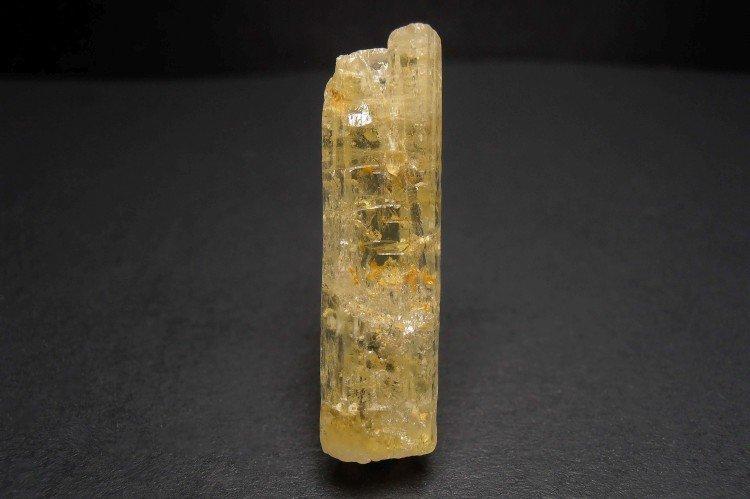
6. Ruby
The spectacular red stone is almost as hard as diamond. Its color is so intense that it often casts crimson.
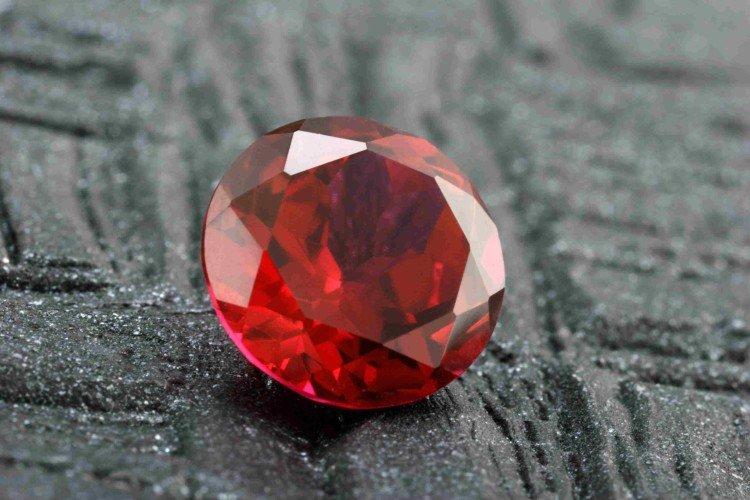
7. Tourmaline
Tourmaline crystals impress with spectacular color transitions from green to crimson or purple. In addition, it is even used in medicine due to its ability to pass microcurrents.
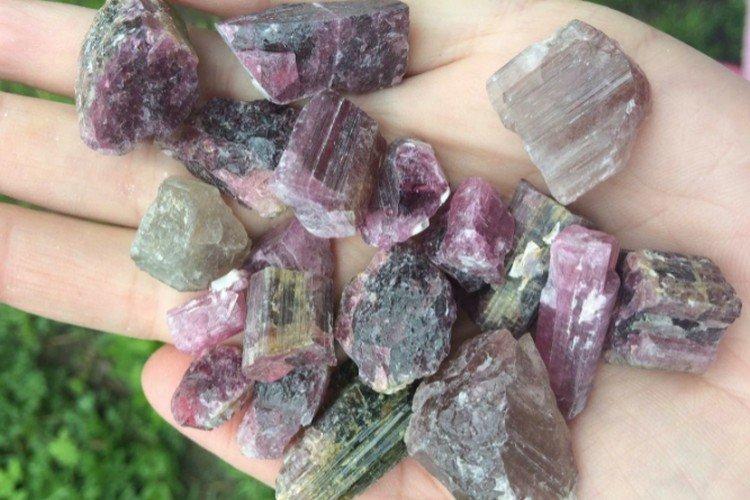
8. Opal
Opal in nature is a specific form of quartz with a high water content. Black opal is especially good with its characteristic petrol tints.

9. Onyx
A truly cult mineral, especially in Ancient Egypt, where figures of gods were made from it. In fact, onyx is not only black, but striped patterns can be seen even on black close up.
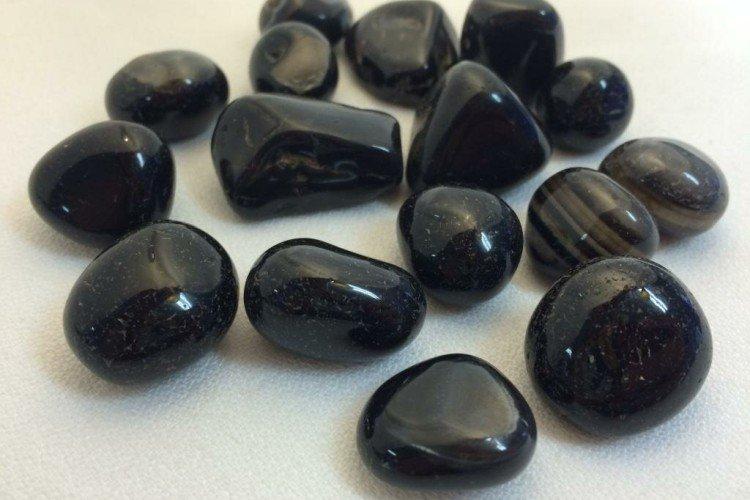
10. Emerald
Not everyone knows, but in some cases the price of an emerald can even exceed the price of a diamond. In nature, this mineral is quite rare, and emeralds with a blue tint are even less common.
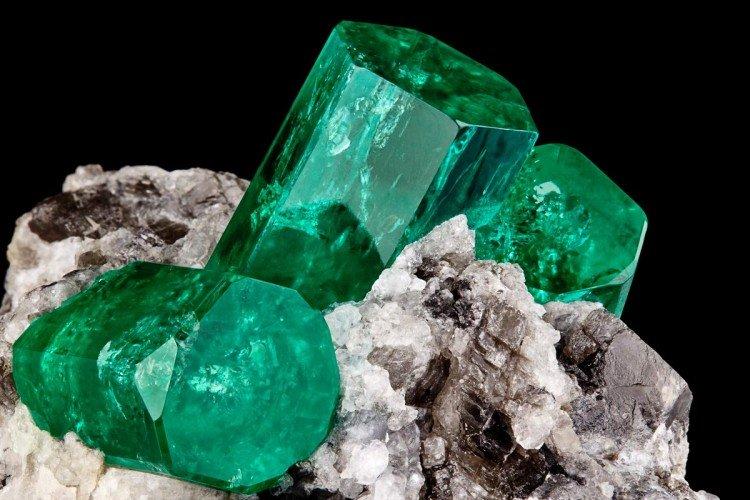
11. Lapis lazuli
Lapis lazuli is the same mineral that was used many thousands of years ago to obtain the brightest and most spectacular blue pigment. Over time, lapis lazuli, after grinding, settled in luxurious gold jewelry.
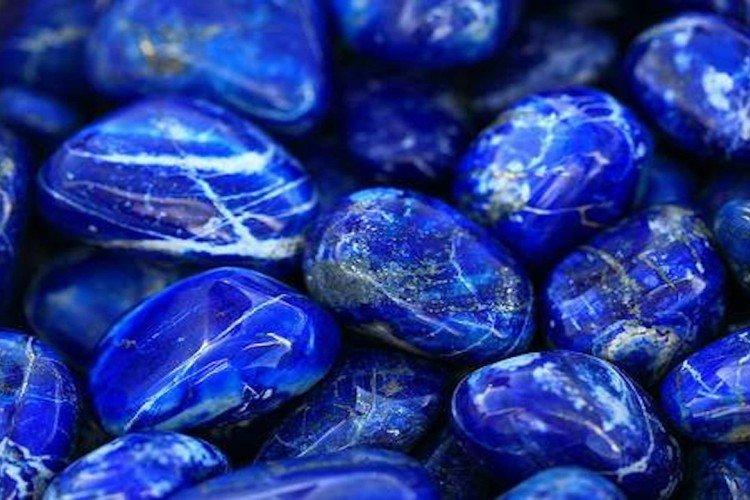
12. Chrysolite
It has a beautiful golden green hue that darkens slightly depending on the light. Chrysolite combines perfectly with yellow metals and transparent stones, for which jewelers love it separately.
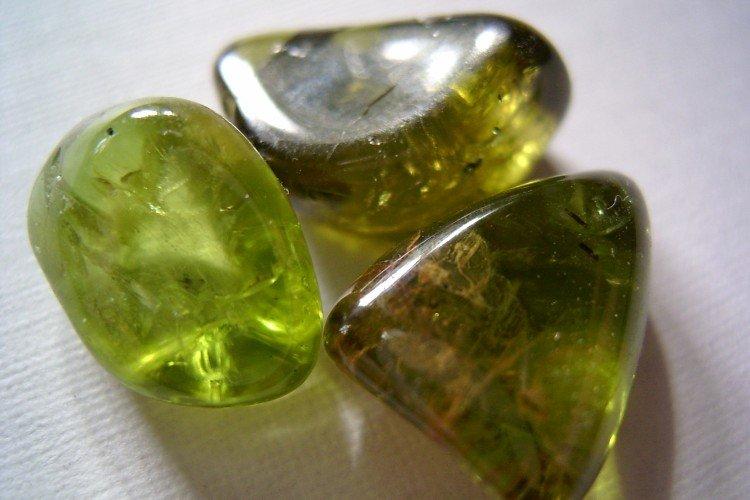
13. Sapphire
One of the most expensive and valuable colored stones, adored by kings and queens for centuries. In fact, sapphires can be more than just blue.
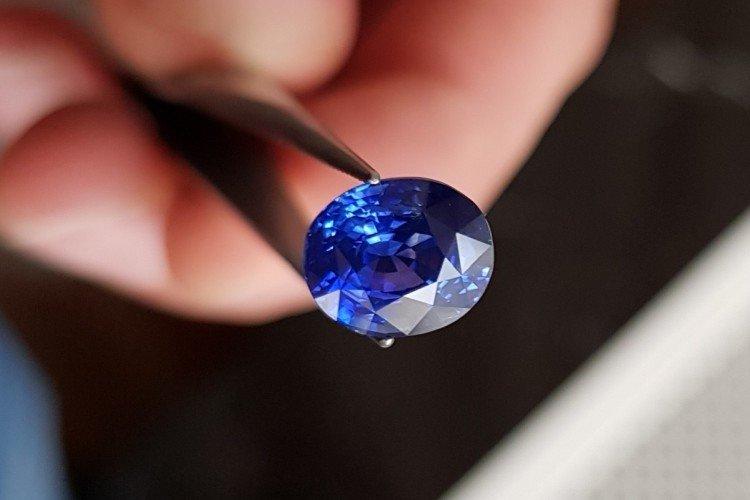
14. Amethyst
Formally, amethyst is also a kind of quartz, but it has a very interesting structure and a deep purple hue. Amethysts grow in whole geodes, which can be admired in section.
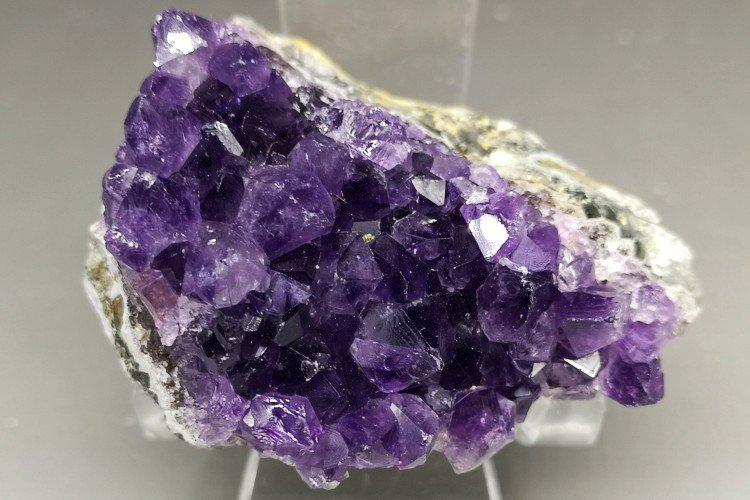
15. Pearls
Natural pearls are also gemstones. He has many of his classifications, depending on shape, color, size and origin.
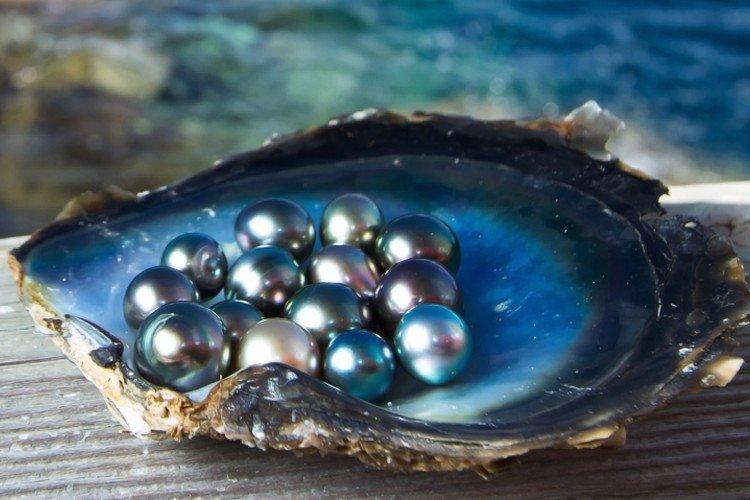
16. Jadeite
Jadeite resembles jade, and in fact is a variety of it. Particles of iron and chromium in the composition give it a special shade.
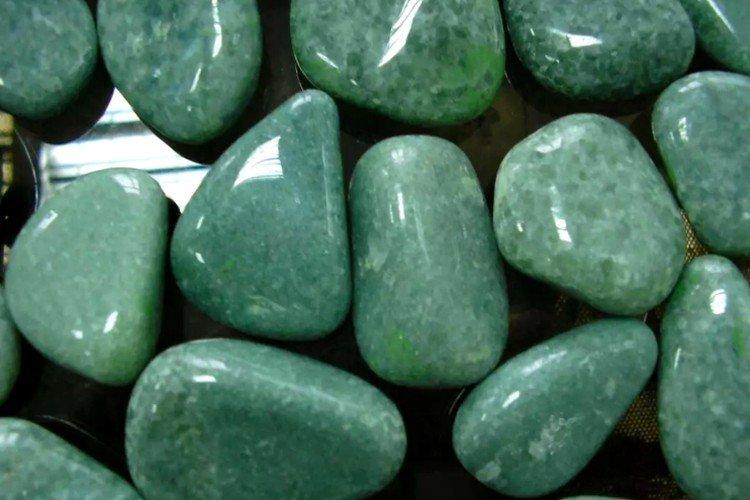
17. Jasper
Jasper has one of the most complex and richest compositions. There are a lot of impurities in it, which gives it a rich color palette. Even the original Greek name for jasper literally means variegated.
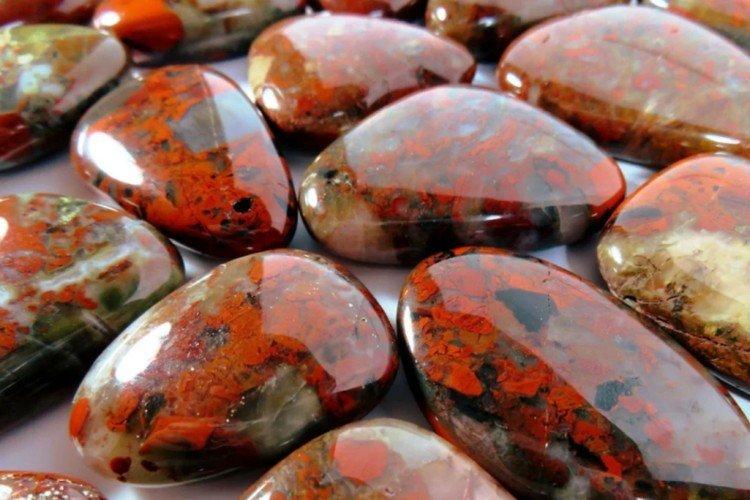
18. Alexandrite
Its main property is the ability to change the hue depending on the lighting - from green to violet and vice versa.Therefore, it is difficult to say what color alexandrite actually is.
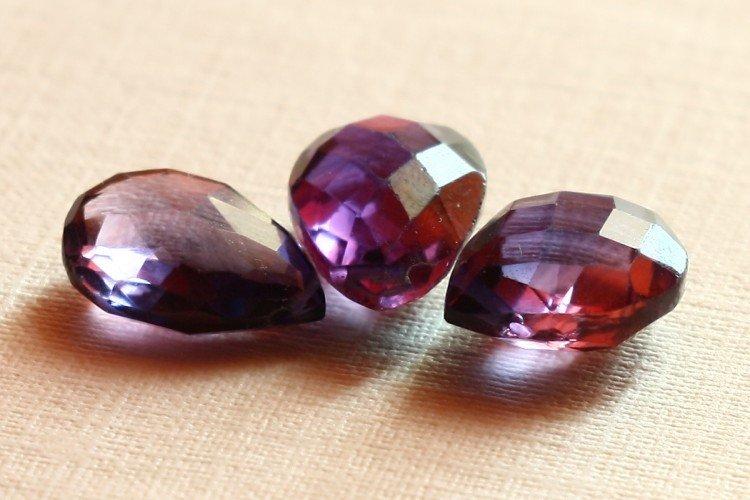
19. Moonstone
Feldspar, unremarkable at first glance, after grinding acquires the most delicate silver-blue overflow. This mineral is very fragile and vulnerable to any external influences.
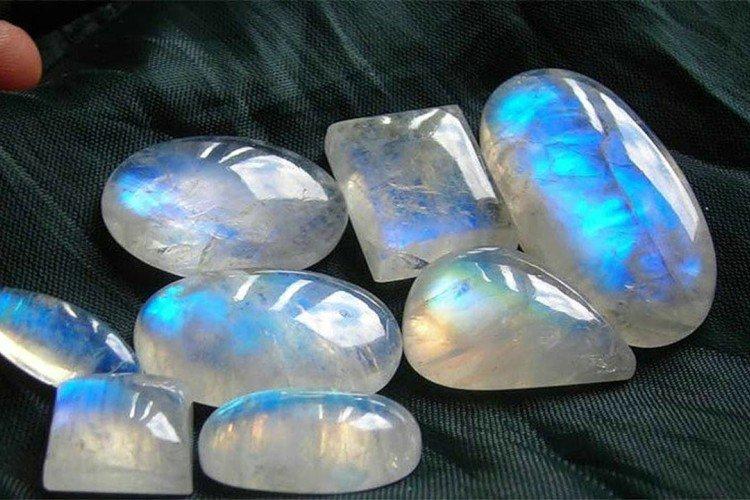
20. Amber
Amber is just a petrified resin, and in regions with coniferous forests it is quite inexpensive. But thanks to the variety of shades, amazing decorations and whole paintings are made from it.
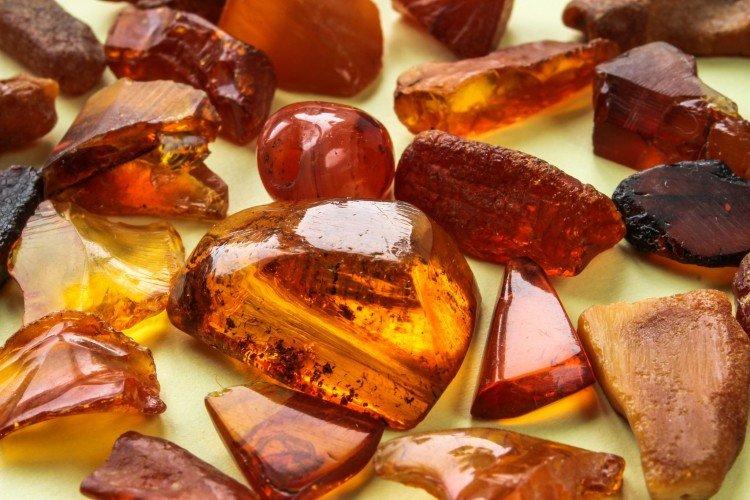
21. Topaz
Topaz is beautiful, shiny, multi-colored and perfectly tolerates different types of processing. Naturally, with these properties, it is one of the most popular minerals in the jewelry industry.
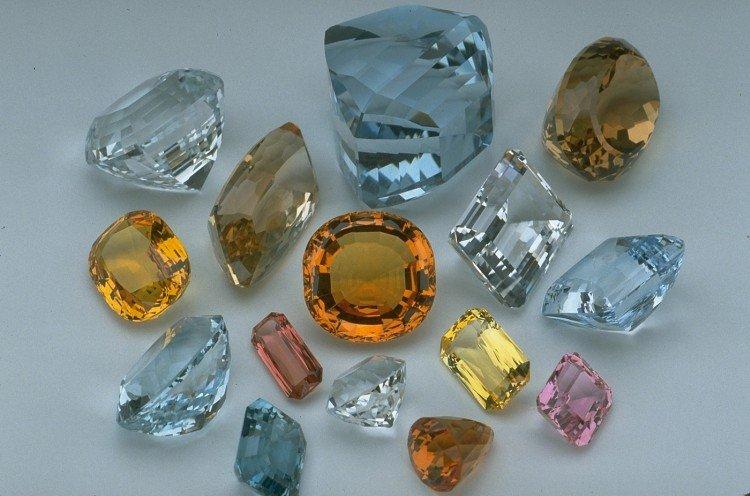
22. Kunzite
A very delicate and elegant mineral in all shades of pink or lilac. Such a charming palette is provided with just an admixture of manganese.
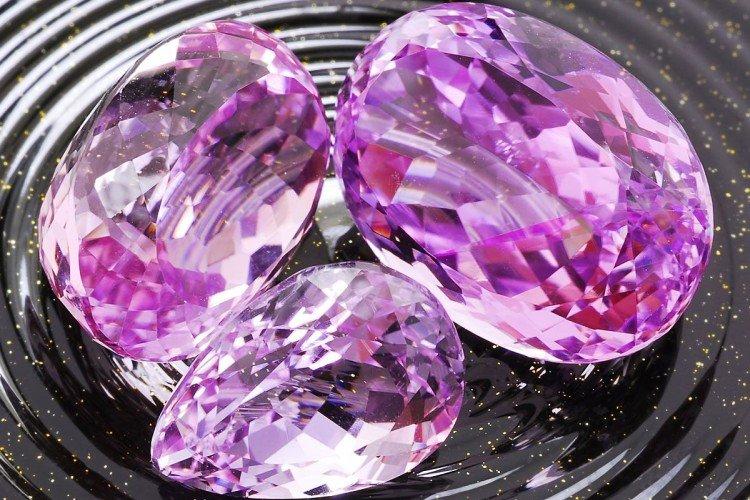
23. Labrador
It is an eye-catching blue feldspar that, when properly polished, delivers stunning depth of shade and shimmer. There are Labradors that shine with all the colors of the rainbow.

24. Pomegranate
The dark red stone goes rather into a burgundy and black shade, in contrast to the ruby, which goes into crimson. Even in ancient times, pomegranate was called a shimmering coal.
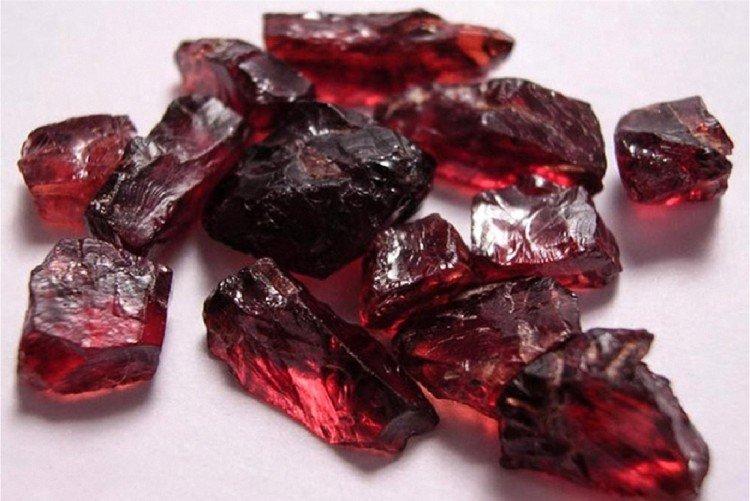
25. Rauchtopaz
Spectacular smoky quartz, among the crystals of which it is impossible to find two identical. They are different in hue, saturation and transparency.
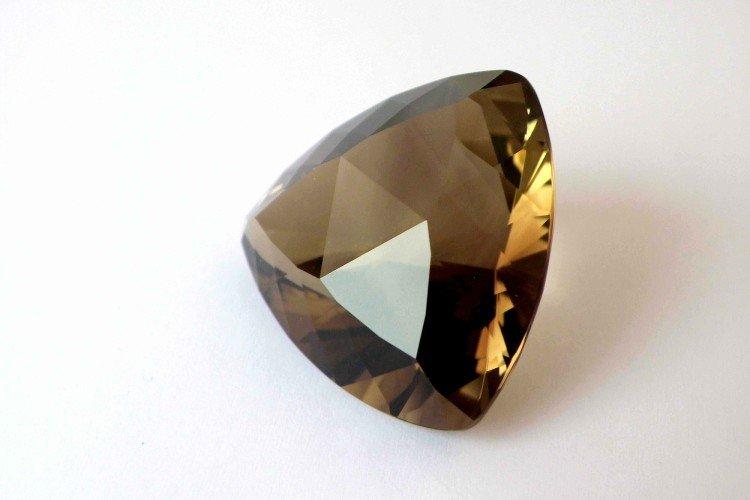
26. Coral
Coral is not a rock, but petrified polyps. This is not only a beautiful unusual color, but also calcium with iodine in the composition, due to which corals have been considered useful in all centuries.
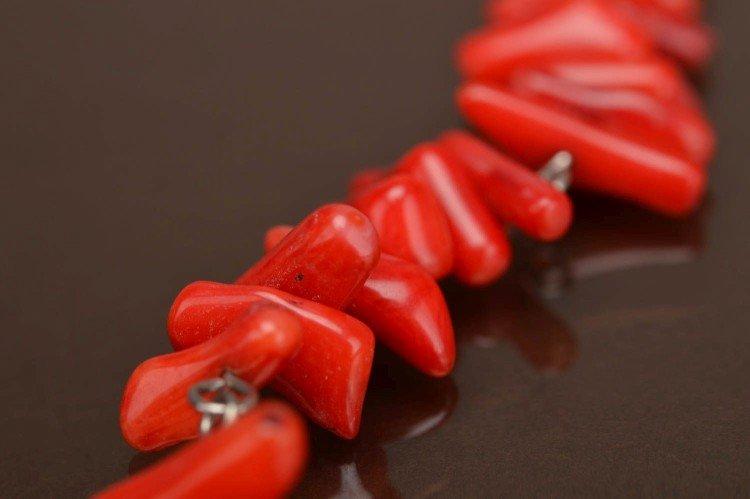
27. Serpentine
Its color resembles snake skin, for which it got its name. This mineral is more often used for figurines and similar household items than for jewelry.
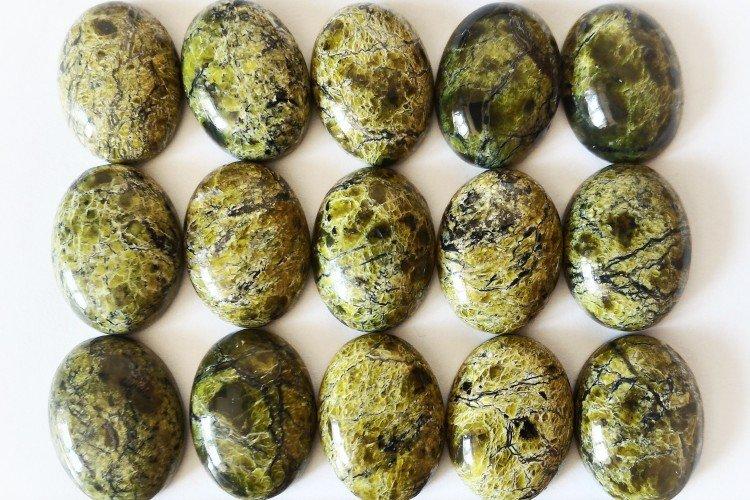
28. Zircon
The same stone that is often used in fakes instead of diamond because of its crystal clear transparency. In fact, the shades of zircon can be very different, depending on the impurities.
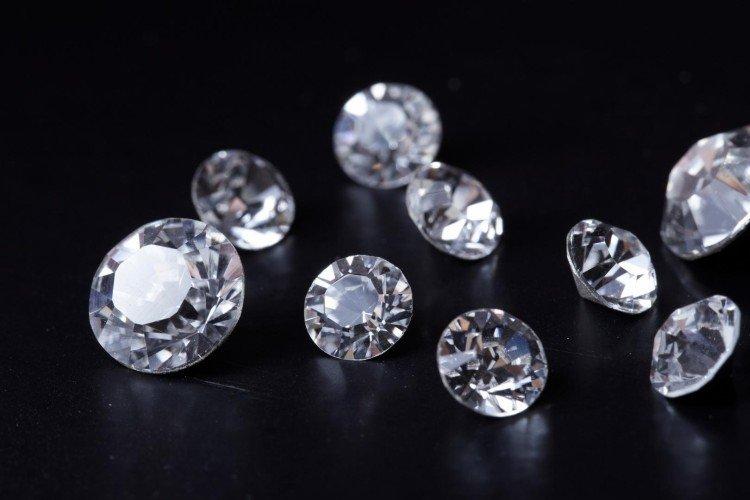
29. Heliotrope
It is not the most valuable stone, but it is loved for its complex and unusual colors, in which deep shades of green, brown and burgundy are intertwined.
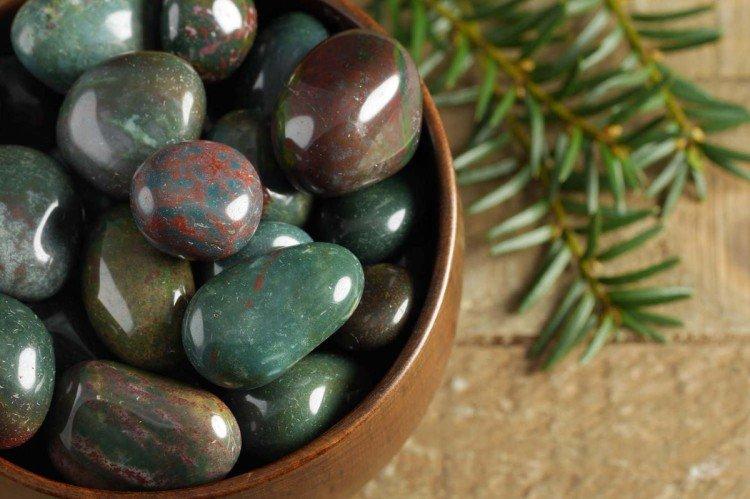
30. Turquoise
It's not just that turquoise is called a heavenly stone. It owes its complex patterns to the particles of copper and aluminum in the composition. The only problem is the number of fakes, because it is difficult even for professionals to verify the authenticity of turquoise.
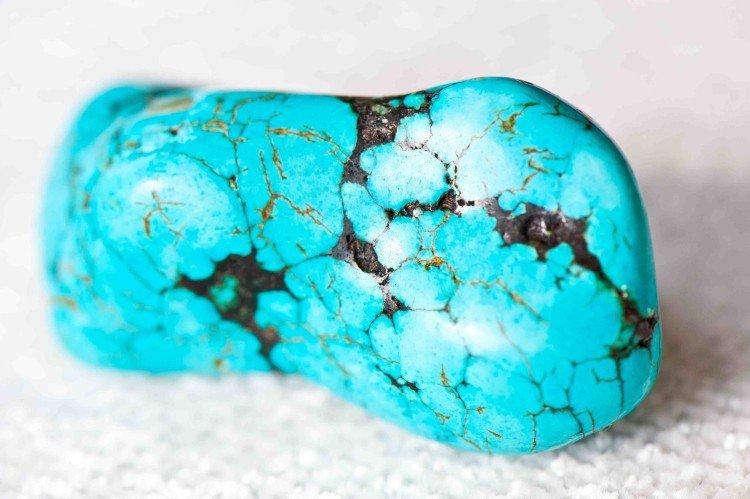
31. Fluorite
A very beautiful and bright stone with a complex transition of shades from green, turquoise and blue to dark purple. In some countries, fluorite has long been valued above gold.
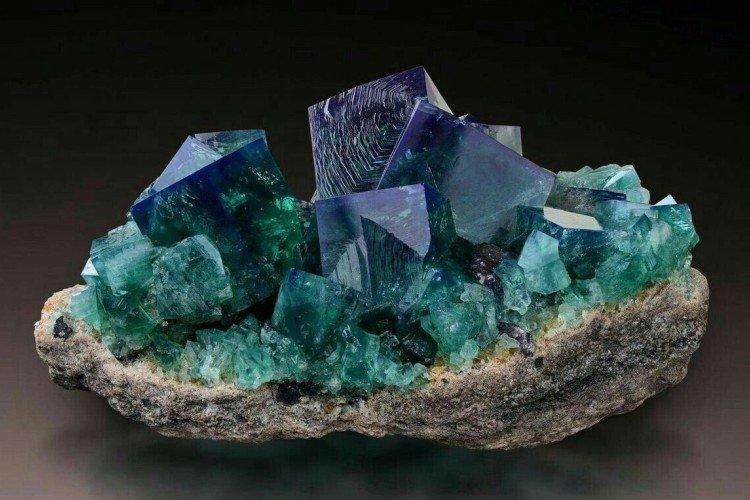
32. Rhodolite
Rhodolite is a close relative of pomegranate, but it has a pink color scheme. It is not the most expensive stone, although large quality specimens are highly valued.
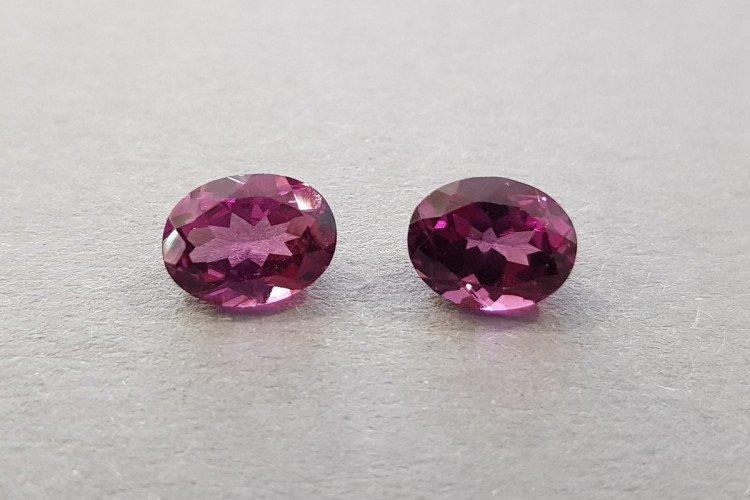
33. Aquamarine
If you peer into the verge of aquamarine, it seems that you are really peering into the blue sea. That is why the name, which appeared at the very beginning of our era, has survived to this day. There is no better way to describe aquamarine!
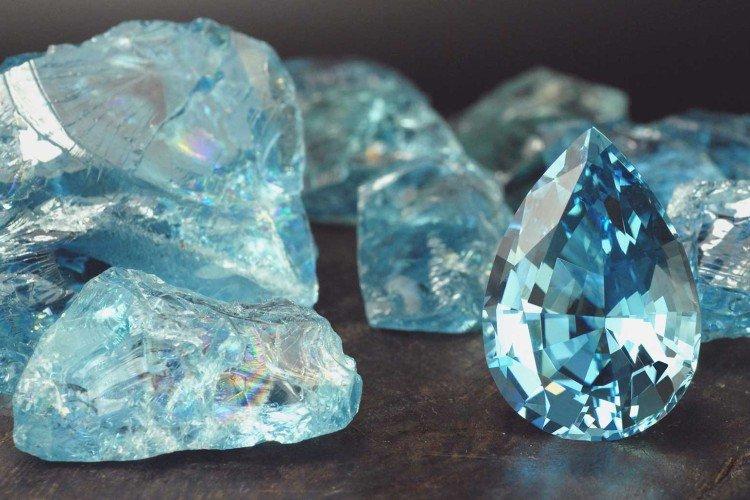
34. Aventurine
It was believed that aventurine brings stunning luck to its owner. He was known even in Ancient Egypt and Ancient China. By the way, it was from him that the imperial seals were made.
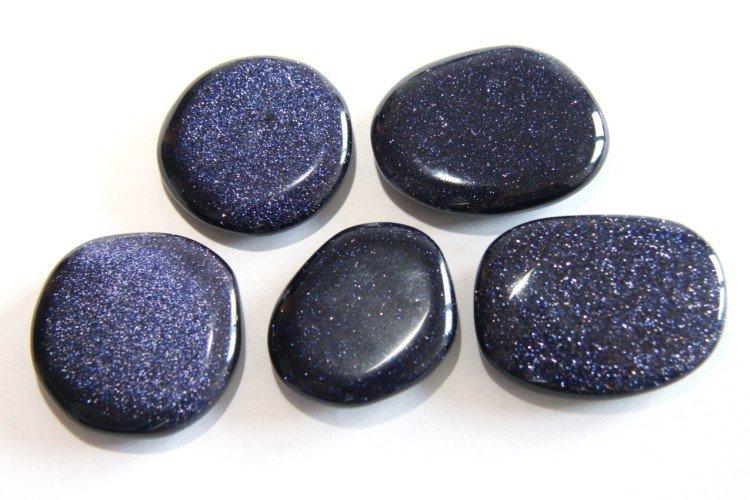
35. Citrine
A lover of yellow and golden stones has definitely heard about citrine. Its lemon color speaks for itself. Citrine was once called golden topaz, but in reality they are completely different stones.
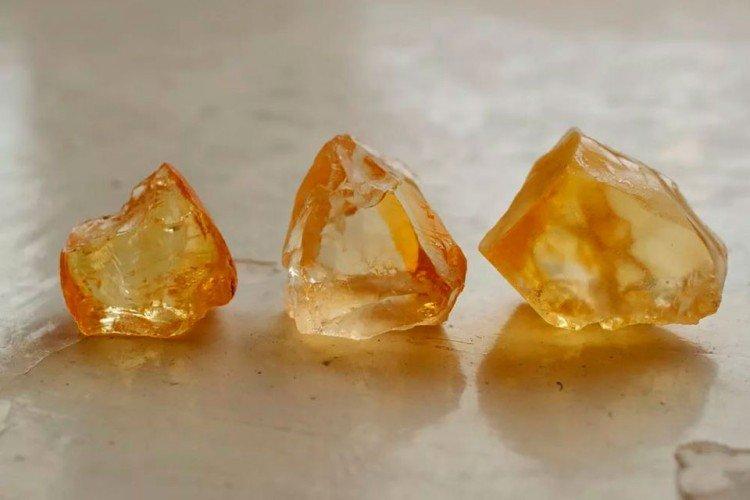
36. Charoite
One of the most beautiful, spectacular and original purple stones in the world. Dozens of shades are intertwined in its whimsical pattern.
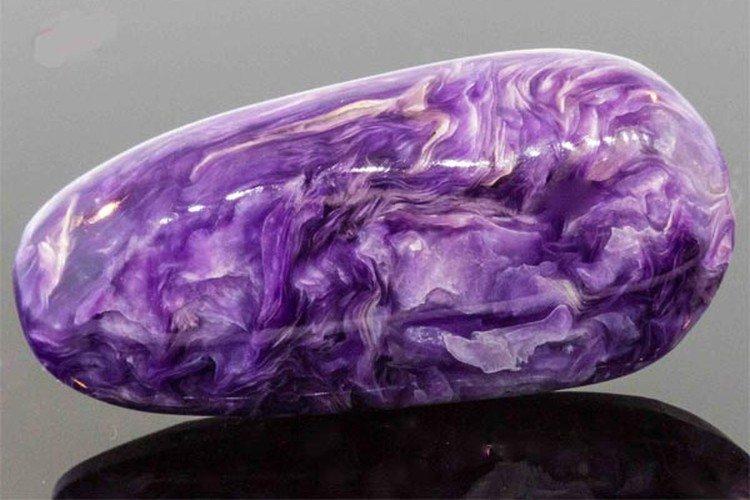
37. Malachite
A spectacular green stone with dark streaks always has a unique pattern that is a bit like peacock feathers. Malachite is a soft and malleable material that can be shaped into almost any shape.
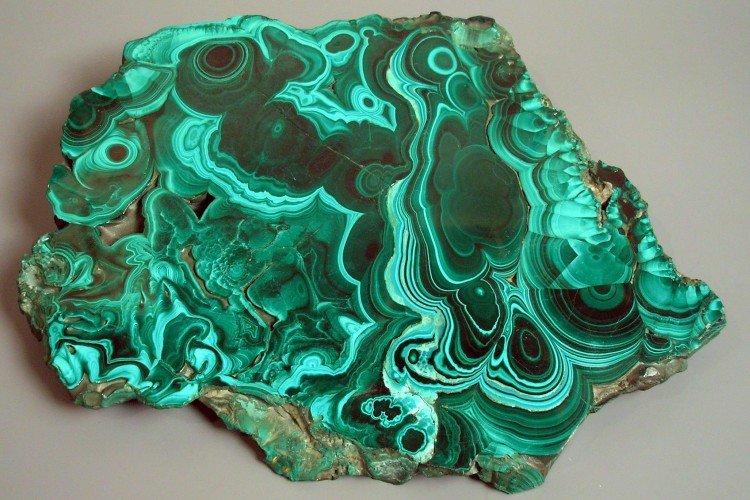
38. Carnelian
After processing, the bright orange stone resembles berries, and it is not for nothing that in Latin it was called the dogwood berry. The ancient Egyptians believed that carnelian cures all diseases.
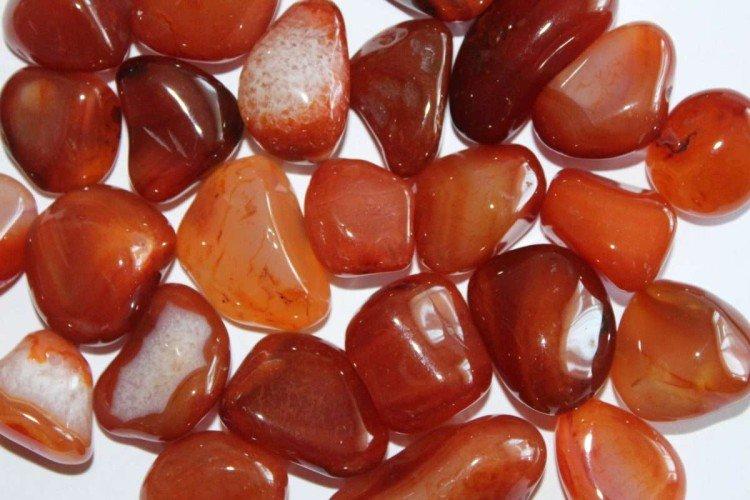
39. Spinel
On the one hand, spinel is also not the rarest and most expensive mineral. On the other hand, it is very diverse, and some samples are valued on a par with sapphires and rubies.
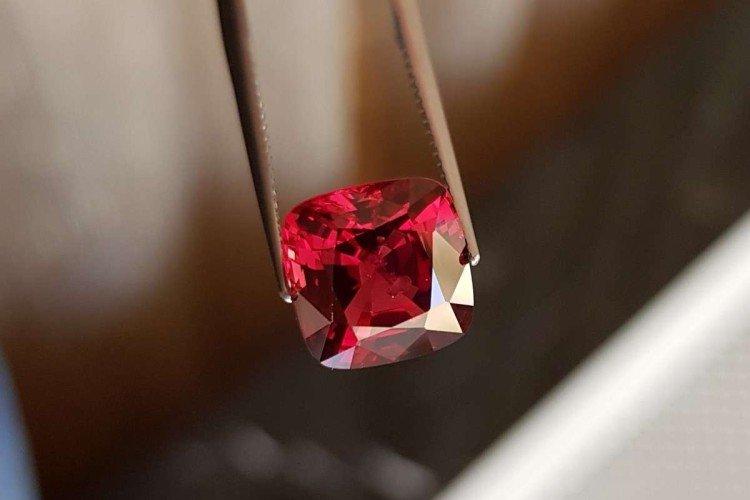
40. Agate
Agate has a stunningly varied color palette and very interesting patterns that diverge like circles in the water. Agate is one of the oldest known minerals.
